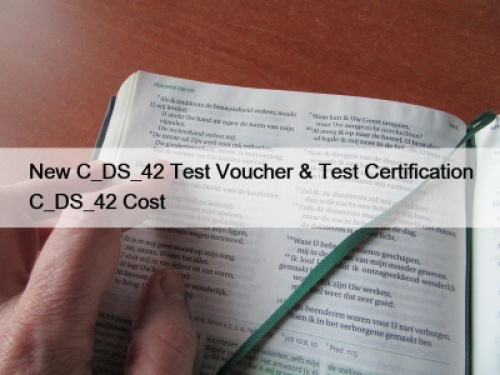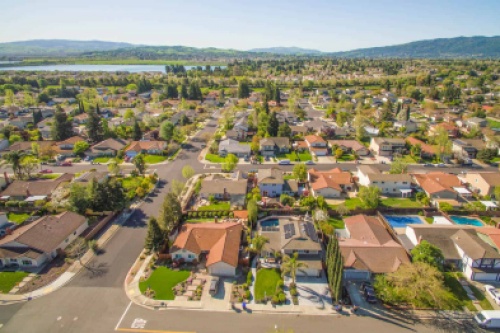NFTs or Non-Fungible Tokens are the latest trend to hit our digital world. They are effectively pieces of virtual art that can be used to show status in the metaverse. Anyone can make one but, NFTs minted by famous artists and celebrities have been bought for six and seven figures. Many artists have embraced them as a new way to monetize their work. They’ve been particularly great for unknown or up and coming artists to get work exposure and make a little bit of money.
NFTs come from the same place as cryptocurrency. Various blockchains exist as hosts to two of the most exciting and interesting innovations in the digital space. Both NFTs and crypto currencies are still new, and while they are very much for real, there is a lot of talk about the fraud and scams that surround them. NFT authenticity is an especially hot topic.
NFTs are digital art, and there has been art fraud for as long as artists have been making money from their work. The NFT market is still brand new, so there is still a bit of a lawless feel to it. This kind of environment is perfect for bad actors who want to exploit this new space for financial gains. Scammers, fraudsters, and greed heads also come with the territory with any great leap forward or innovation. Even the Gold Rush of the mid-19th Century had thousands of bad actors selling fool’s gold and fake claims to people.
While NFTs certainly won’t be a blood-soaked gold rush, people interested in them are interested in paying big money for verified NFTs. That means the bad guys will also be interested in selling fake NFTs to people who don’t bother to verify. NFT fraud is already a big business. Open Sea, which is the world’s largest NFT platform, has some disturbing numbers. A report from earlier this year says that over 80 percent of the NFTs on their platform are either plagiarized or fake collections.
That’s really bad news if you have already invested in an NFT. There is an over whelming chance that it could be fake. Most of the advice on the subject of NFT authenticity says that you really need to do your homework before you buy one. However, if you’ve already taken the plunge and invested in one or a few NFTs, all isn’t lost. There are three main ways to see if your NFT is real:
1. Contact the person who minted it. Most people who have entered the NFT realm are really open about it. It’s a known practice in the NFT community to document the entire minting process on either Twitter or Discord. If it’s someone who is a relatively unknown artist, you can probably access them directly through social media. If it’s someone higher profile, you will probably have to speak to a representative, perhaps of the blockchain where it is hosted. Most of the time, they will happily verify NFT purchases, asfraud affects them too. They want to help the market be as authentic as possible.
2. Use Google’s reverse check tool to see the NFT’s origin. This method is pretty time consuming and might be over the heads of some people. If you aren’t that internet savvy, finding source code could be confusing. While lots of people who have invested in NFTs are internet savvy, scammers are banking on those who aren’t. If you have the time and computer skills to play NFT detective, this is the most thorough way to verify NFT authenticity.
3. Work with a website dedicated to fighting NFT fraud. It is still early days but, these keyboard warriors fighting for the good guys are popping up. There are websites out there, backed by people and organizations that are trying to keep NFTs honest. They are helpful if you've already invested in the NFT marketplace. Some of these sites already have over one billion NFTs indexed. They are perfect if you already own multiple NFTs. These are the places you want to go to quickly verify NFT art or collections. They can tell you, with a good amount of certainty, if your NFT is real within seconds.
The best defense against NFT fraud is to do your homework beforehand. You can also use any of the above methods to vet anNFT before you invest. If you’re looking to sink big money into a high-end NFT, you must go to every extreme to make sure it is real before the deal is done. If you’re buying an NFT that isn’t worth six or seven figures, a visit to one of those helpful websites should be more than enough. It’s up to you to fight NFT fraud. If scammers can’t make money off you, they might not make fake NFTs.
















